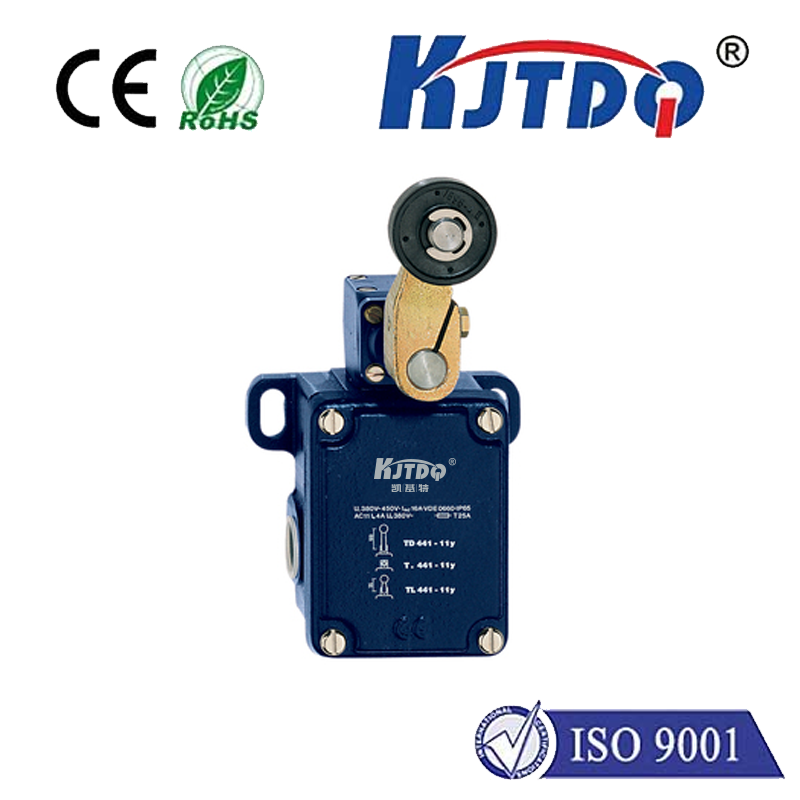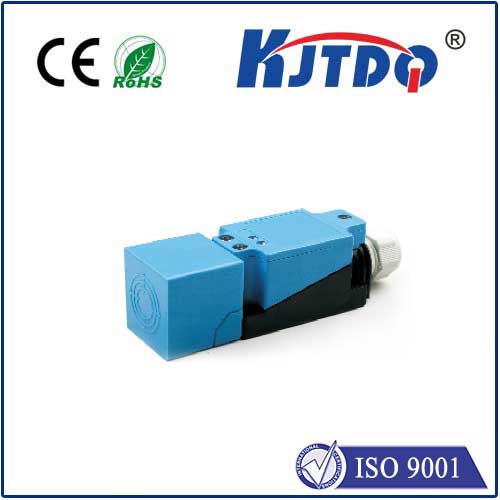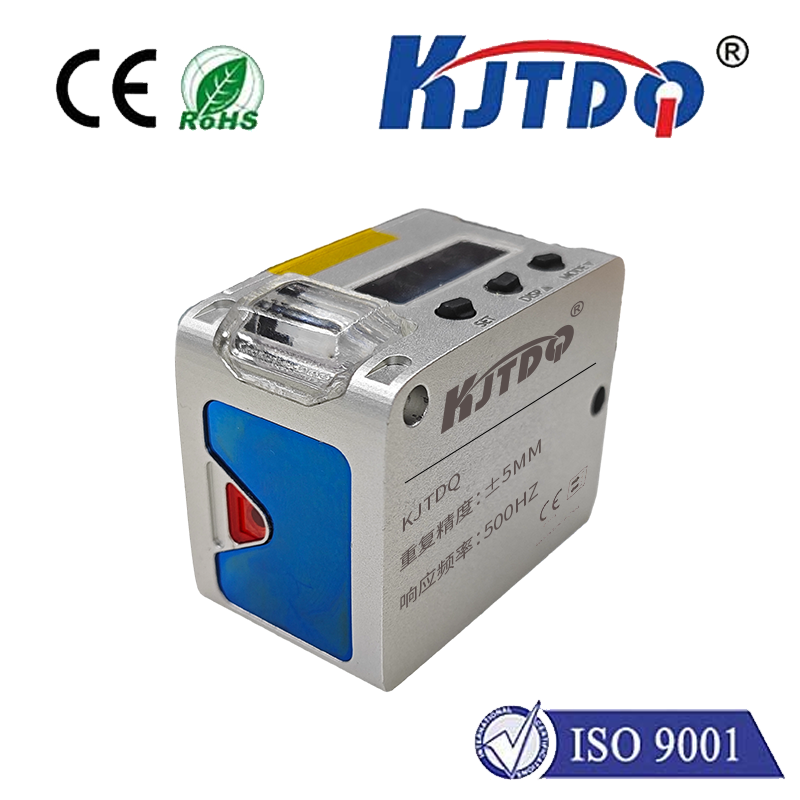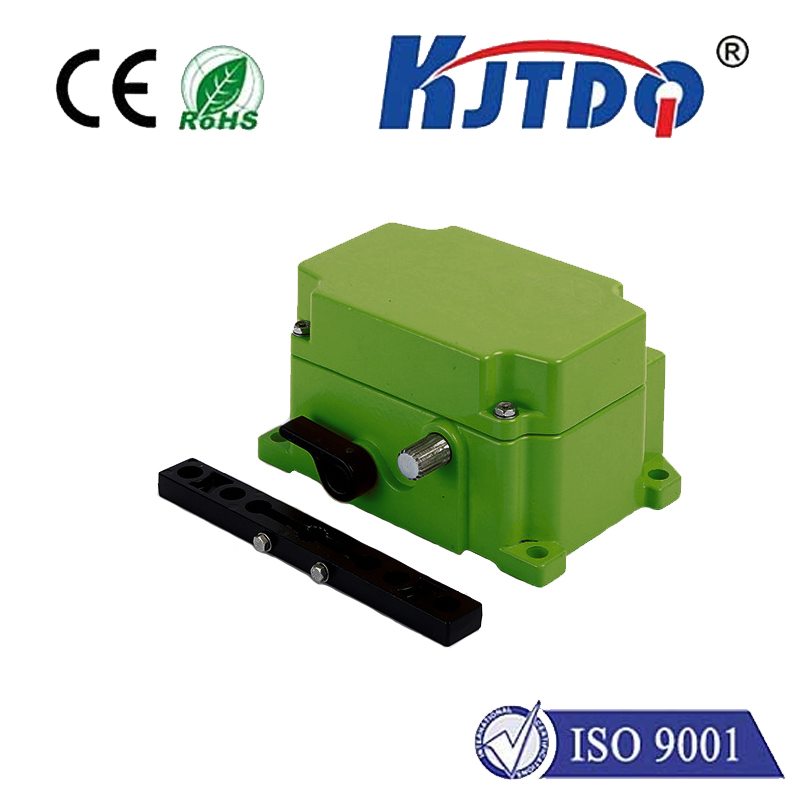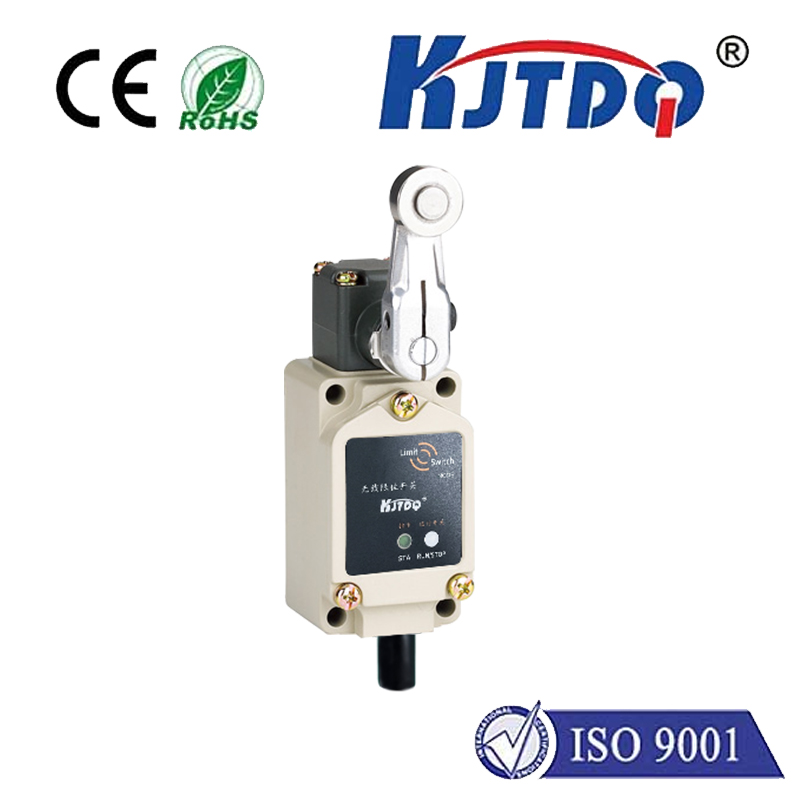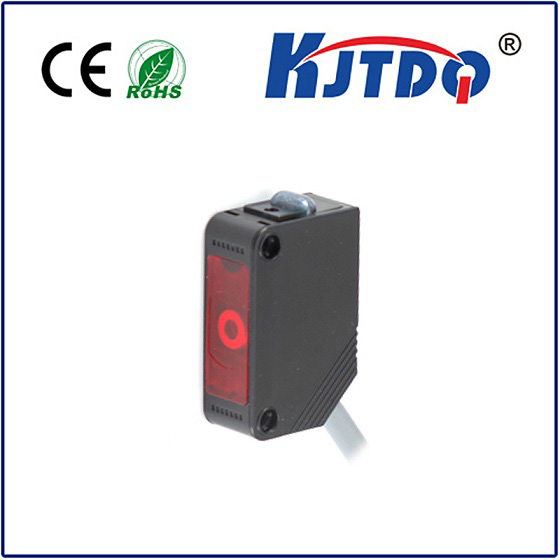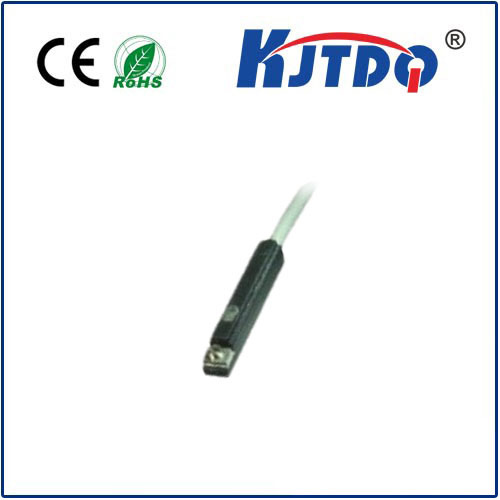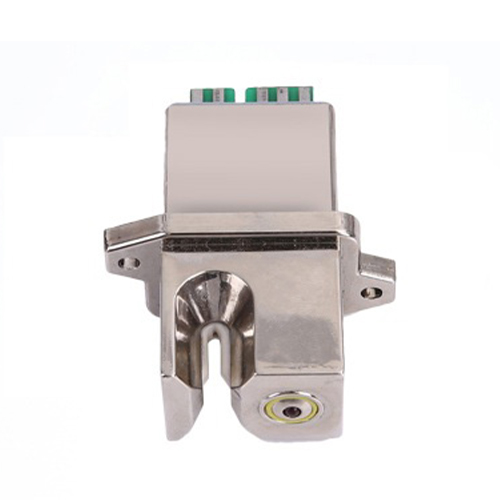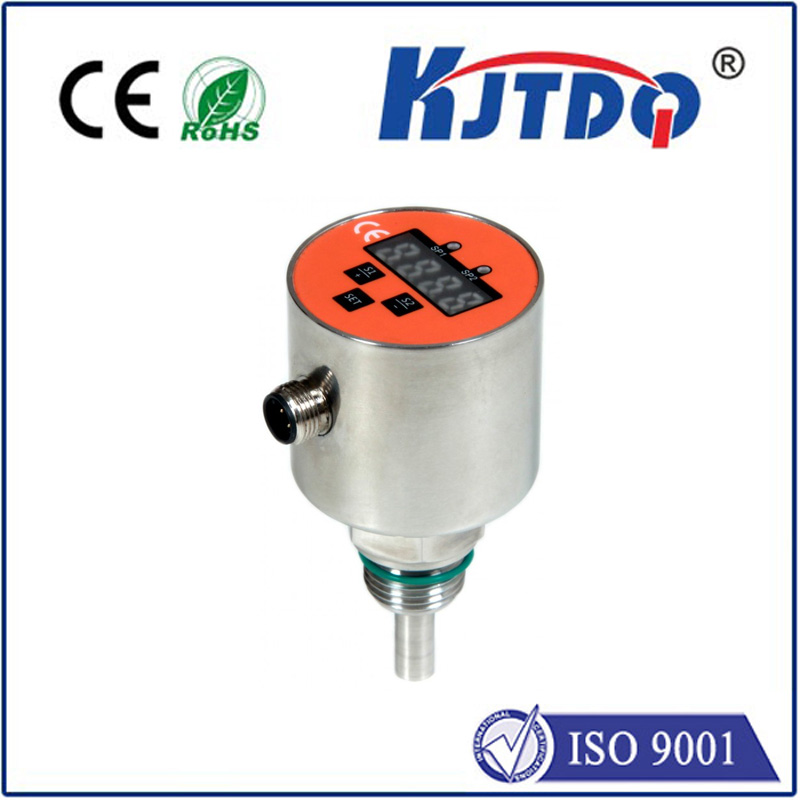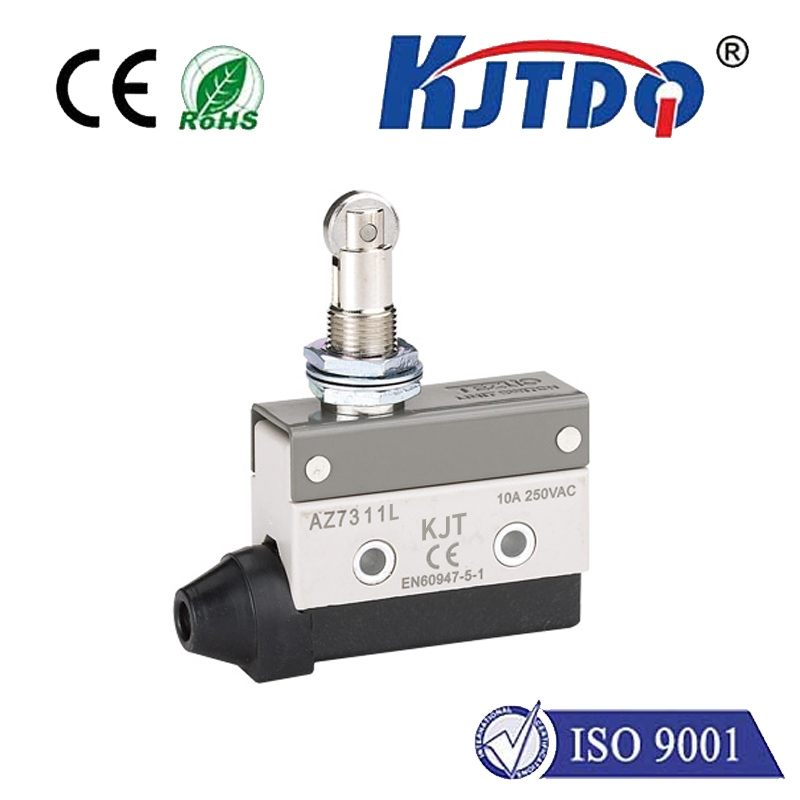BES017N high pressure proximity sensor
- time:2025-10-13 13:01:27
- Нажмите:0
BES017N High Pressure Proximity Sensor: Maximizing Performance in Extreme Industrial Environments
Imagine a critical hydraulic press in a steel mill. Under immense pressure, a tiny misalignment goes undetected. The result? Catastrophic failure, costly downtime, and potential safety hazards. Now, what if a sensor could reliably monitor components precisely in that crushing environment, preventing disaster? The BES017N high pressure proximity sensor is engineered to be that vital safeguard. Designed to thrive where conventional sensors falter, it brings unparalleled reliability and precision to the most demanding industrial applications.
Understanding the BES017N: Purpose-Built for Demanding Conditions
At its core, the BES017N is an индукционный датчик приближения, a non-contact solution for detecting the presence or absence of metallic objects. What sets it apart categorically is its exceptional tolerance for high ambient pressure. Unlike standard sensors that might deform, leak, or malfunction under intense external force, the BES017N features a robust, hermetically sealed housing specifically constructed to withstand external pressures up to 50 MPa (500 bar). This extraordinary resilience makes it uniquely suited for environments where high pressure is a constant operational reality, not just an occasional risk. Its core mission is clear: deliver dependable, precise position feedback when pressure is pushing back.
How the BES017N Delivers Under Pressure: Technology Meets Toughness

The magic lies in its combination of proven technology and rugged engineering:
- Inductive Sensing Principle: The sensor generates a high-frequency electromagnetic field from its active face. When a metallic target enters this field, it induces eddy currents within the metal, causing a measurable change in the field’s properties. This change is detected by the sensor’s internal oscillator circuit, triggering the output switch (typically PNP or NPN transistor).
- Прочная структура: The key differentiator is the sensor’s housing and sealing. To survive 500 bar, the enclosure must be incredibly strong and leak-proof. This often involves specialized materials, potentially thicker walls, and advanced sealing techniques like welded stainless steel designs or specific high-pressure O-rings and sealing concepts. This robust shell protects the sensitive internal electronics from being crushed or compromised by the external pressure.
- High-Pressure Sealing: The critical connection points – where the cable enters the housing and potentially the sensing face – are engineered with seals specifically rated for extreme pressure. This prevents pressure ingress that could damage components or cause false signals.
Core Advantages: Why Choose the BES017N?
The BES017N proximity sensor offers distinct benefits that translate directly to operational efficiency and safety:
- Unmatched Pressure Resilience: The defining feature: reliable operation up to 50 MPa external pressure. This opens doors to applications previously off-limits to standard sensors.
- Non-Contact Operation: As a proximity sensor, it detects metal targets without physical touch. This eliminates mechanical wear and tear, significantly enhancing long-term reliability and virtually eliminating maintenance needs related to contact wear.
- Extended Service Life: The combination of non-contact sensing and a rugged, high-pressure housing ensures far superior longevity compared to mechanical switches or less robust sensors in harsh environments. Fewer replacements mean lower costs and less downtime.
- High Switching Frequency & Speed: Inductive sensors like the BES017N react extremely quickly to target presence, making them ideal for monitoring fast-moving components or processes requiring precise timing feedback.
- IP67/68/69K Protection: Complementing its pressure rating, these sensors typically boast high Ingress Protection (IP) ratings. МП67 means total dust protection and resistance to immersion in water up to 1m for 30 minutes. IP68 allows for deeper/longer immersion, and IP69K signifies resistance to high-pressure, high-temperature washdowns – crucial for hygienic environments like food & beverage or pharmaceuticals.
- Resistance to Harsh Media: The robust housing and seals also provide excellent resistance against oils, coolants, cleaning chemicals, and other aggressive fluids commonly found in industrial settings.
Where the BES017N Shines: Critical Applications
The BES017N high pressure sensor is indispensable in sectors where pressure is inherent to the process:
- Hydraulics & Pneumatics: Monitoring piston position within high-pressure hydraulic cylinders (>300 bar is common), verifying valve core position, detecting the presence of tools under clamping force within hydraulic presses.
- Plastic Injection Molding: Providing reliable end-of-stroke detection for injection unit screws and clamp cylinders operating under enormous injection and holding pressures.
- Die Casting Machines: Monitoring hydraulic movements and clamping forces within the high-pressure casting environment.
- High-Pressure Pumps & Compressors: Detecting piston position or valve status in pumps and compressors generating significant internal and external pressure.
- Subsea & Deep-Water Applications: Where ambient water pressure increases dramatically with depth, the BES017N’s external pressure rating ensures functionality.
- Oil & Gas Exploration/Production: Monitoring equipment status on rigs or within high-pressure piping systems.
- Test Benches & Pressure Vessels: Verifying component position inside high-pressure test chambers or within pressurized systems under analysis.
Selecting and Implementing with Confidence
Integrating the BES017N proximity sensor effectively requires careful consideration:
- Pressure Rating: Ensure the specific variant chosen (e.g., BES017N-xxxx) has a pressure rating (like 50 MPa) exceeding your application’s maximum expected ambient pressure. Don’t confuse internal system pressure with the external ambient pressure acting on the sensor housing.
- Detection Range: Select the model (e.g., 2mm, 4mm, 8mm) with the sensing distance (Sn) appropriate for your mounting constraints and target size/type.
- Electrical Specifications: Verify voltage range (e.g., 10-30V DC), output type (PNP/NPN, NO/NC), and current capacity match your control system requirements.
- Housing Material & Shape: Choose the shape (e.g., cylindrical M8, M12, M18, M30; rectangular) and material (typically nickel-plated brass or stainless steel) best suited for the mounting location and environmental exposure.
- Cable or Connector: Decide between a fixed cable exit or a connector version (e.g., M12) based on installation preferences and ease of maintenance.
- Mounting: Ensure secure mounting using the appropriate hardware. While the sensor tolerates pressure, incorrect mounting can lead to mechanical damage or misalignment.

